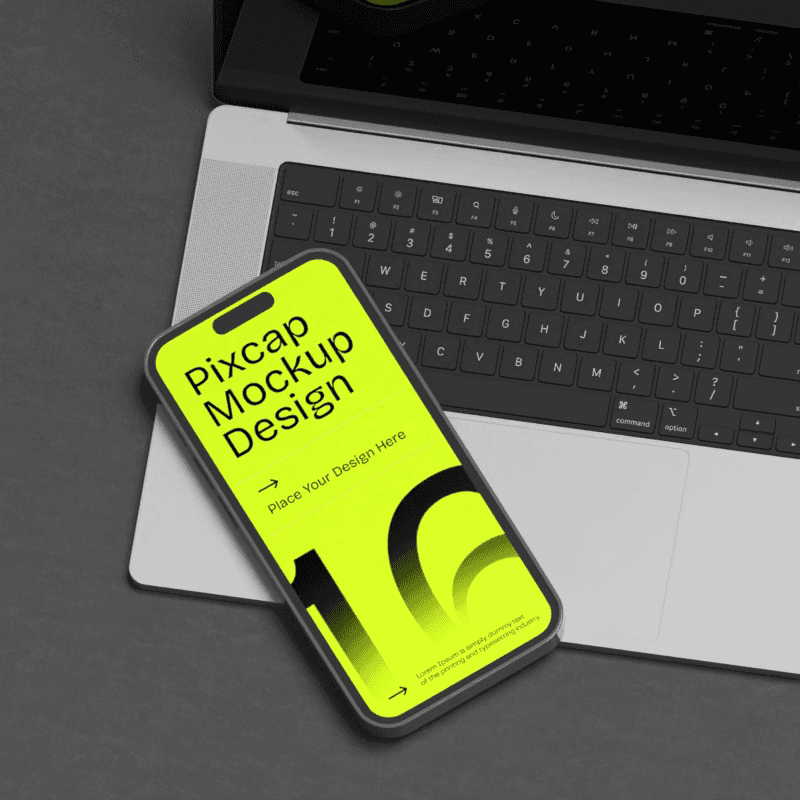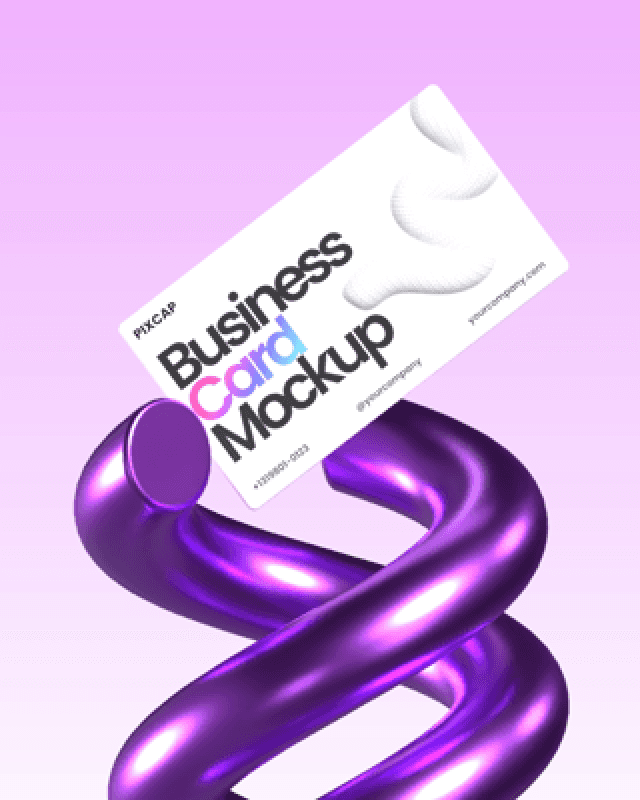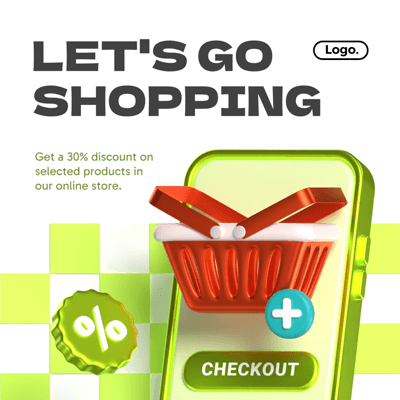Creating an effective layout design is crucial in various fields, from graphic design to web development. The arrangement of different elements used in a layout design can significantly impact how information is conveyed and perceived by the audience. Whether it's a website, a magazine spread, or a presentation, a well-thought-out layout design can enhance visual appeal and improve user experience.
In this comprehensive guide, we will delve into the principles, techniques, and best practices of layout design, offering valuable insights and practical tips for creating compelling and visually engaging designs that effectively communicate your message.
Simplicity in Layout Design
Minimalist Aesthetics
Minimalist aesthetics focus on simplicity and the use of essential elements. This approach helps create a clean, uncluttered design that allows the content to stand out. By reducing the number of elements, minimalist layouts and images can improve readability and create balance in user experience.
White space, or negative space, is a key component in minimalist design, providing a visual break and focal point, helping to guide the viewer's eye. When first designing layouts with a minimalist mindset, it's essential to prioritize functionality and clarity. This means using white space and carefully selecting typography, color schemes, and imagery that support the overall message without overwhelming the audience.
By embracing minimalist aesthetics, designers can create layouts that are both visually appealing and highly effective in communicating their intended message.
Function Over Form
Prioritizing function over form means focusing on how a design works rather than just how it looks. In layout design, this approach ensures that the design serves its primary purpose: communicating information effectively.
This requires a deep understanding of the user's needs and the context in which different elements of the design will be used. Elements should be arranged logically, with clear navigation paths and to create an intuitive flow. Visual element hierarchy plays a crucial role in guiding the viewer's attention to the most important information first. While aesthetics are important, they should never compromise functionality.
A beautiful design that is difficult to navigate or understand fails to achieve its goal. By putting function over form, designers can create layouts that not only look good but also deliver a seamless and efficient user experience.
What is The Grid System
Grid System in Graphic Design
The grid system is a foundational tool in layout design, providing structure and consistency in its element. At its core, a grid is a series of intersecting horizontal lines and vertical lines that can divide sections of the page into columns and rows. These divisions help designers align elements precisely and maintain a cohesive look throughout the design.
Grids can vary in complexity, from simple two-column layouts to intricate multi-column frameworks. Understanding the basics of grid systems involves recognizing the importance of margins, gutters, and modules.
Margins create space around the edges of column grid, gutters separate columns, and modules are the individual units of space within the grid. By mastering good layout design these components, designers can ensure that their layouts are balanced and visually appealing.
A well-implemented grid system not only enhances the aesthetic quality of each element within a design but also improves readability and navigability for the user.
Advantages of a Structured Approach
Adopting a structured approach through the use of a grid system offers numerous advantages in layout design.
First, it ensures consistency in design elements across different pages or sections, creating a unified and professional look. Consistency in design elements, such as alignments and spacing, helps reinforce brand identity and improves user recognition.
Second, grids enhance visual hierarchy by clearly defining areas for headlines, images, and text, making it easier for viewers to navigate the content. This structured grid approach to visual elements also simplifies the design process, allowing designers to make quick adjustments and maintain visual balance throughout the layout.
Additionally, a well-organized grid can facilitate collaboration among team members by providing a clear framework that everyone can follow. Ultimately, the use of a grid system leads to designs that are not only aesthetically pleasing but also functional and user-friendly, ensuring that the content is delivered in the most effective manner.
Color Theory in Layouts
Setting Mood with Color
Color plays a crucial role in setting the mood and tone of a layout design. Different colors evoke different emotions and can significantly influence how a viewer perceives and interacts with elements of the design.
For instance, warm colors like red, orange, and yellow can create a sense of energy and urgency, while cool colors like blue, green, and purple can evoke calmness and tranquility. Understanding color theory allows designers to make intentional choices that align with visual interest and the message they want layout designs to convey.
Additionally, the combination of colors, known as a color palette, should be chosen carefully to ensure harmony and balance between key elements within the design. Complementary colors can create contrast and draw attention to key design elements, while analogous colors can provide a more cohesive and serene feel.
By thoughtfully selecting and applying colors, designers can enhance the emotional impact of their layouts, draw attention, and improve overall user engagement.
Cohesiveness Through Color Schemes
Using cohesive color schemes is essential for creating images with a unified and harmonious layout design. A well-chosen color scheme ties all elements of balanced layout elements together, providing a consistent visual experience for the viewer.
There are three columns and several types of color schemes to consider, such as monochromatic, analogous, and complementary.
Monochromatic schemes use variations of a single color, offering simplicity and elegance. Analogous schemes combine colors that are next to each other on the color wheel, providing a serene and comfortable feel. Complementary schemes use colors opposite each other on the color wheel, creating high contrast and vibrant designs.
Whichever scheme you choose, it's important to maintain balance and ensure that no single color overwhelms the overall design. Achieving cohesiveness through color schemes helps in reinforcing the overall theme and message, making the layout more visually appealing and easier to navigate for the user.
Typography and Readability
Choosing the Right Typeface
Selecting the right typeface is a critical component of effective layout and graphic design. The typeface you choose can significantly impact readability and the overall tone of your graphic design.
Serif typefaces, known for their small lines or "feet" at the end of strokes, are often used in print media for their readability and classic feel. Sans-serif typefaces, which lack these embellishments, are typically favored for digital content due to their clean and modern appearance. When choosing a typeface, consider the context and purpose of your design.
For example, a formal report might benefit from a traditional serif typeface, while a tech startup's website might look best with a sleek sans-serif option. Additionally, limit the number of typefaces used to maintain a cohesive look.
Pairing a bold typeface for headings with a simpler one for body text can create a balanced and organized layout. By carefully selecting the right typeface, you can enhance both the readability and aesthetic appeal of text elements in various smaller sections of your design.
Balancing Type and Negative Space
Balancing type and negative space is essential for creating a readable and visually pleasing layout design. Negative space, also known as white space, is the empty area around text and graphic elements. It provides breathing room and helps prevent the text and visual elements used in the design from feeling cluttered.
Proper use of negative space can enhance the readability of text by creating margins around read text, giving the eyes a place to rest and making the content more digestible. When balancing type and negative space, consider the size, weight, and spacing of white space around the text.
Larger text and heavier fonts may require more negative space to avoid overwhelming the viewer. Conversely, smaller text might need less space but still requires careful spacing to ensure clarity. Additionally, aligning text with consistent margins and padding can create a harmonious and structured layout and landing page.
By thoughtfully balancing type and negative space, you can improve both the aesthetics and functionality of smaller text sections in your design, making it more engaging and easier to read.
Responsive Design Essentials
Adapting to Screen Sizes
Adapting great layout design to different screen sizes is a fundamental aspect of responsive web design too. With the proliferation of devices ranging from smartphones to large desktop monitors, ensuring that your layout design looks good and functions well across all screen sizes is crucial.
Start by creating a flexible grid system that can adjust to various screen widths. Media queries in CSS allow you to apply different styles based on the device's characteristics, such as its width or height. This helps in repositioning elements, resizing text, and adjusting margins and padding to fit the screen properly.
Additionally, consider using scalable vector graphics (SVGs) and responsive images that can adapt to different resolutions without losing quality. Testing your design on multiple devices and screen sizes is essential to identify any issues and make necessary adjustments.
By prioritizing adaptability in your layout design, you can provide a seamless and enjoyable user experience, regardless of the device being used.
Prioritizing Content in Fluid Layouts
Prioritizing content is essential when designing fluid layouts that adapt to various screen sizes. In a responsive design, it's crucial to ensure that the most important information is easily accessible, regardless of the device being used.
Begin layout first by identifying the key elements of your content and how they should be prioritized in the layout. Use a mobile-first approach layout, where you design the visual elements of the layout for smaller screens first and then scale up for larger devices. This ensures that the core content remains the focus, even on limited screen space.
Additionally, implement flexible containers and scalable elements that can rearrange themselves to fit different screen dimensions. Employ techniques like progressive disclosure, where secondary content is revealed as needed, to keep the initial view clean and focused.
By thoughtfully prioritizing content in fluid layouts, you can enhance user experience and ensure that your message is effectively communicated across all devices.













